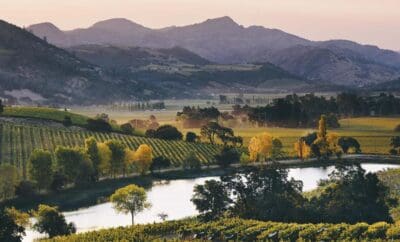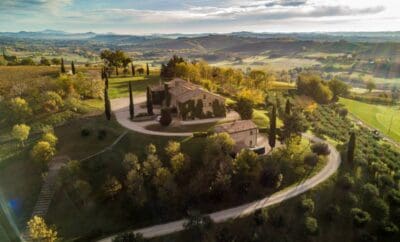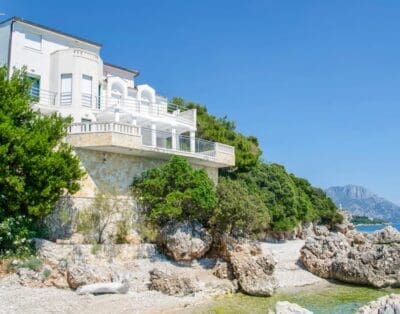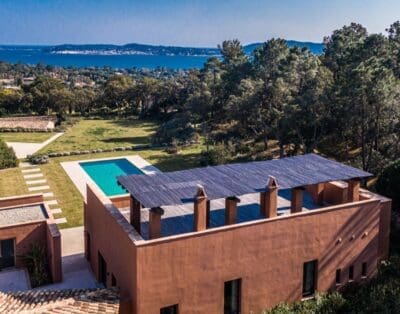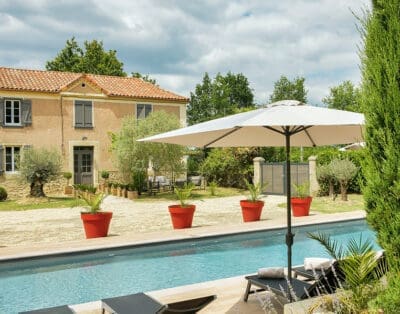Tara Wines from Chile
I cannot be certain of my first encounter with Chilean wine, but most likely was Los Vascos in the early 1990s. The pioneering estate, owned by Domaines Barons de Rothschild (Lafite), bought credibility and respect for the country which has paved the way for it to become the 7th largest wine producer in the world.
30 years later, another Chilean pioneer, Ventisquero Wine Estates, with some of its vineyards located in the Huasco region of the Atacama Desert, is paving the way for others to follow in this most challenging of areas. Winemaker Alejandro Galaz and his team have to overcome the challenges of working in the the world’s driest desert. It is a 990-mile strip of land west of the Andes Mountains near the Pacific Ocean.
The soils here, once under the Pacific Ocean, are unique, being far older than those found in other regions. Their age is visible by the lack of seashells, crushed over millions of years, leaving no trace of their existence. The resulting soil is high in salt, and contains 10 times the amount vines can usually live in. The initial vines planted were not a success – all failed so a work around had to be found.
This was achieved by each vine being individually irrigated using pure and clean water from the Andes that flows into the Huasco river, the lifeblood of the region. It begins at the confluence of El Tránsito and El Carmen Rivers and the water used disperses the salt back down into the soil. This process is then repeated as the salt rises once more.
The climate it harsh, some would say almost too marginal for the successful cultivation of vines. One astonishing fact is that it has not rained here for 50 years, although some parts of the region do receive 20mm a year of precipitation. It is hard to imagine anything growing in such a dry and arid landscape, but one naturally occurring element, a constant lifeline, allows the vines here to produce grapes of an exceptional quality.
This one element, moisture, comes in the form of the Camanchaca, a thick fog which rolls in from the Pacific, some 18km distant, twice a day. It brings much-needed humidity and thus moisture to the vineyards. In its absence, the skies are clear, providing the sun unimpeded access to the vines throughout the day. In fact, the purity of light here is so good that NASA decided to position telescopes there. The landscape is such that it has stood in as a substitute for Mars in Hollywood blockbusters.
Tara is made from the estate’s 10 hectares of vineyard and is currently the only commercial planting in the region. Grapes are harvested from the ungrafted vines (phylloxera has never made it’s way to Chile) in the first week of March, which is relatively unchanging given the consistency of the weather. Very few diseases present any problems, to the extent that not even sulphur has to be sprayed. The wines here are therefore very pure and true.
To preserve the purity of the fruit, old oak barrels and stainless steel tanks are used with the wine being bottled unfiltered. This affords the opportunity to taste wines created in very unique circumstances, and with the first vintage being 2012, an opportunity to discover how these wines have developed over the past decade.
Chardonnay 2012 – Aged for 15 months in stainless steel followed by a 228L fifth-use Burgundy barrel and bottles unfiltered. The nose showed lemon, melon, minerals and a hint of vanilla with a nice acidity and length on the palate. With 10 years of maturity, it possessed old-world charm and developed in the glass to show a really quite beautiful wine that had developed complexity over the decade.
Chardonnay 2016 – From the Longomilla and Nicolasa vineyards this wine was aged for 21 months in stainless steel. A lot more acidity and salinity than I found in the 2012 with buttercream and light butterscotch notes on the palate. I felt this was a little closed compared to the ‘12 and ‘20 showing that patience is rewarded here.
Chardonnay 2020 – This was aged for 24 months – 70% in stainless steel barrels and 30% in fifth-use, 228-litre, Burgundy-style oak barrels. An apricot tarte-tatin came to mind on the nose, whilst the palate showed the salinity to the fullest of the 3 chardonnays tasted. Its mineral structure provides a solid backbone.
Pinot 2012 – This was fermented in small open tanks of 300 kilos with native yeasts and is absolutely delicious! At 10 years of age, it has a mature, tawny colour with cooked raspberry on the nose, like a reduced coulis. It still has a seductive freshness to it and almost tastes youthful with exceptionally balanced acidity. A real testament to how these wines can age. The original technical sheet suggested that the wine could be stored for up to 4 years in optimal conditions. They have clearly produced a wine that out-performs even their own predictions.
Pinot 2016 – Aged for 24 months in fifth-use, Burgundy style barrels, this showed far more farmyard notes on the nose than the 2012 but these diminished with time in the glass. Again, fresh and alive, delightful autumnla fruit and singing in the glass.
Pinot 2020 – Along with the 2016, this had the same barrel treatment and a cold maceration over 5-7 days. Again, quite autumnal on the nose with raspberries a plenty. Lovely minerality and the trademark salinity present. Meaty notes and depth coming through.
Sauvignon Blanc 2021- Almost like lemonade on the nose. Unfiltered with apple notes making it fresh and tasty.
Overall, I was very impressed with the Tara wines. They come from a unique place, from ungrafted vines and bottled with no filtration. They offer an incredible opportunity to taste wines from what is one of the most extraordinary and remote wine estates in the world. If you are at all interested in wine, I urge you to seek these out and explore the range. Only a limited amount of bottles are produced each year due to the size of the vineyard, so I advise purchasing relatively quickly from www.lescaves.co.uk/lescaves-welcome


